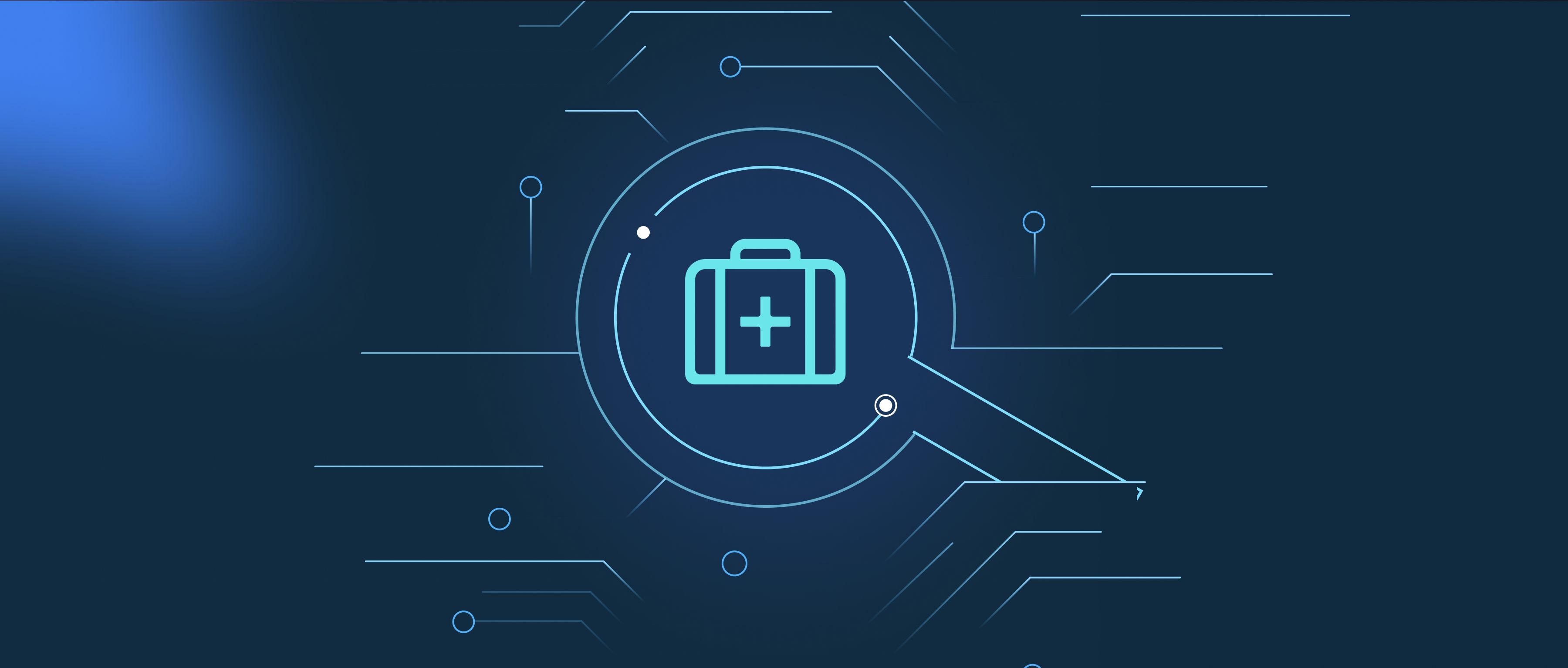Yes, AutoML can support unsupervised learning. While AutoML is often associated with supervised learning, where models are trained using labeled datasets, it can also handle tasks that do not rely on labeled data. Unsupervised learning focuses on discovering patterns, groupings, or overall structures in data without predefined labels, and there are several AutoML frameworks capable of automating this process.
For instance, AutoML tools can assist in clustering algorithms, which group similar data points together. Tools like Google Cloud AutoML, AutoKeras, or H2O.ai can automate the selection and tuning of clustering methods such as k-means, hierarchical clustering, or DBSCAN. By automating feature selection, scaling, and parameter tuning, developers can more efficiently find the most appropriate clustering algorithms for their specific datasets. This streamlines what would typically be a labor-intensive process and enables practitioners to focus on interpreting the results rather than getting bogged down in the minutiae of model selection.
Additionally, AutoML can support other unsupervised tasks like dimensionality reduction and anomaly detection. Techniques such as Principal Component Analysis (PCA) or t-Distributed Stochastic Neighbor Embedding (t-SNE) can often be automated as well, helping to visualize high-dimensional data in lower-dimensional space. Anomaly detection algorithms, which identify outliers in the data, can also benefit from AutoML frameworks that provide automated model selection and evaluation. Overall, by leveraging AutoML for unsupervised learning, developers can unlock insights and streamline workflows while dealing with complex datasets.
